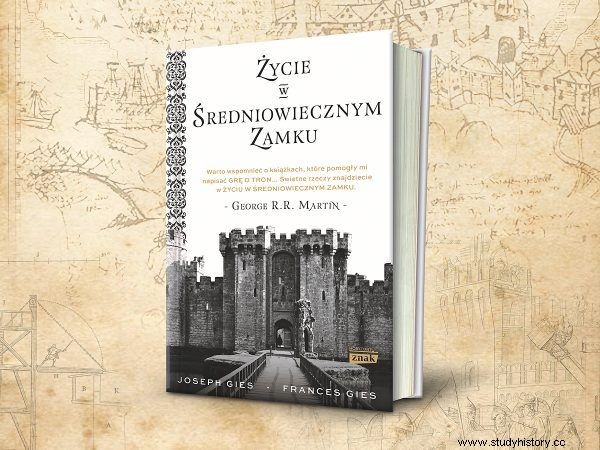In the medieval strongholds, now looking empty and gloomy, life was once bustling. You could hear laughter from everywhere, entertained by minstrels dancing carols or playing in a masked hood ... The security of everyone was ensured by the ever watchful crew of the fortress.
Joseph and Frances Gies introduce us to this world through the book Life in a Medieval Castle. After a sumptuous evening feast, sleep was prepared, to which everyone would lie down naked. The lover surreptitiously crept into the bed of the lady of his heart, cleverly avoiding a spouse who could invade at any moment.
Sexual life was as lush as ours, despite our ideas of gentle and decent courtly love. In times of hypocrisy, love had an even more spicy dimension. It wasn't just male libido that was considered rampant. On the contrary! The desires of women were to be greater not only from the physiological point of view, but also due to the weakness of their judgment and imperfection - the desire for the worse over the better.
The servants rushed through the narrow, cool corridors…

You will find out all this in the book by Frances and Joseph Gies entitled "Life in a Medieval Castle" (Horizon Mark 2017).
What about women's rights? Was it really a male patriarchy?
Unfortunately it's the truth. Although there were exceptions - the Middle Ages do not lack strong, independent women. But it was rather the exception that proves the rule, as these ladies were considered a bad example and served as a warning. Eleanor of England, Isabella of Angouleme - these women were not afraid to oppose even the Pope himself. They defended their freedom, and when there were no husbands, they defended their own fortresses against enemy attack ...
It was this book that inspired George R.R. Martin to create the world of "Game of Thrones". When reading "Life in a Medieval Castle" you immerse yourself in a distant world, but so similar to ours. The world of people tormented by the same passions, the same desires, needs, and entertainment. The Winterfell fan will unmistakably recognize exactly where the inspiration of the creator of "A Song of Ice and Fire" was hidden.
Joseph and Frances Gies do not embellish, distort, or colorize. They only bring up facts that prove to be more fascinating than the most fanciful fiction.
